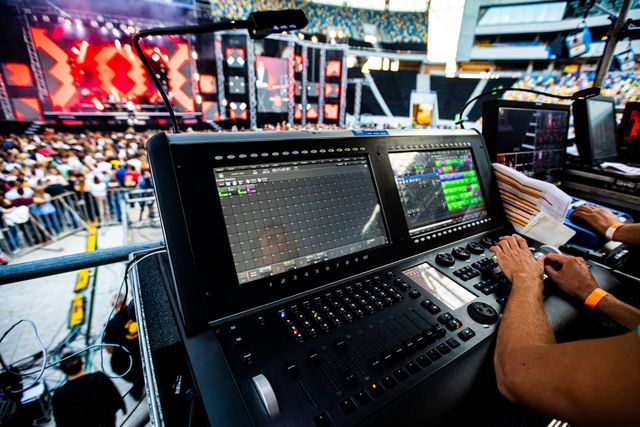Advantages of Light Emitting Diode Video Screens Over Conventional Projector Systems for Modern Graphic Displays
Advantages of Light Emitting Diode Video Screens Over Conventional Projector Systems for Modern Graphic Displays
Blog Article
LED video screens have grown progressively favored in multiple environments, such as schools, businesses, and entertainment venues. These sophisticated display systems offer numerous benefits over traditional projection systems. Understanding these advantages can help companies make informed choices about their visual needs. This piece will examine the key advantages of LED display screens, including luminosity, visual clarity, flexibility, maintenance, and power conservation.
One of the most significant benefits of Light Emitting Diode video screens is their brightness. Light Emitting Diode tech produces vibrant and radiant images that can be readily viewed in multiple lighting environments. Unlike conventional projection systems, which can struggle in brightly lit settings, Light Emitting Diode video screens maintain their clarity and hue precision even in bright spaces. This makes them perfect for outdoor activities or locations with big openings. The elevated brightness levels ensure that the material displayed is always visible, making it simpler for viewers to engage with the data being shown.
In addition to luminosity, LED video screens provide enhanced visual clarity. They offer higher resolution and improved hue reproduction compared to conventional projector technologies. This means that images and videos displayed on an LED wall appear crisper and more defined. The pixel concentration of Light Emitting Diode screens allows for close viewing without sacrificing clarity, which is especially important in environments like trade fairs or conferences where attendees may be close to the screen. Furthermore, LED tech can produce deeper dark tones and more vibrant hues, enhancing the overall aesthetic impression.
Flexibility is another key benefit of Light Emitting Diode display screens. These technologies can be arranged in various dimensions and forms to fit different spaces and aesthetic needs. Unlike traditional projectors, which require a specific spacing from the display to operate properly, LED display walls can be installed in a variety of settings. They can be bent, tiled, or even used in innovative layouts to create distinct display presentations. This adaptability allows companies to customize Troubleshooting tips for LED video walls their visual exhibits to suit their particular needs, making LED video screens a flexible option for any setting.
Maintenance is also a crucial factor when comparing Light Emitting Diode display screens to traditional projection systems. LED screens generally require fewer upkeep over time. Conventional projection systems often need lamp replacements and routine cleaning to maintain optimal performance. In contrast, LED technology has a longer lifespan and does not require regular changes. This reduces downtime and maintenance costs, making LED video walls a more cost-effective option in the long-term future. Organizations can concentrate on their displays rather than worrying about the upkeep of their display systems.
Lastly, energy conservation is an essential consideration for many organizations. LED video walls consume less power compared to traditional projection systems, which can lead to significant savings on energy bills. This is especially beneficial for businesses and venues that operate displays for long periods. Additionally, the reduced energy consumption of LED technology contributes to a reduced environmental footprint, making it a more sustainable option. By selecting LED display screens, companies can benefit from high-quality visual displays while also being mindful of their energy use and environmental footprint.
In conclusion, LED video walls offer many benefits over conventional projector technologies. Their luminosity, image quality, flexibility, low maintenance needs, and energy conservation make them an superior option for contemporary display displays. As technology continues to advance, LED display walls are likely to become even more prevalent in various settings, providing companies with the resources they require to efficiently convey and engage with their audiences.